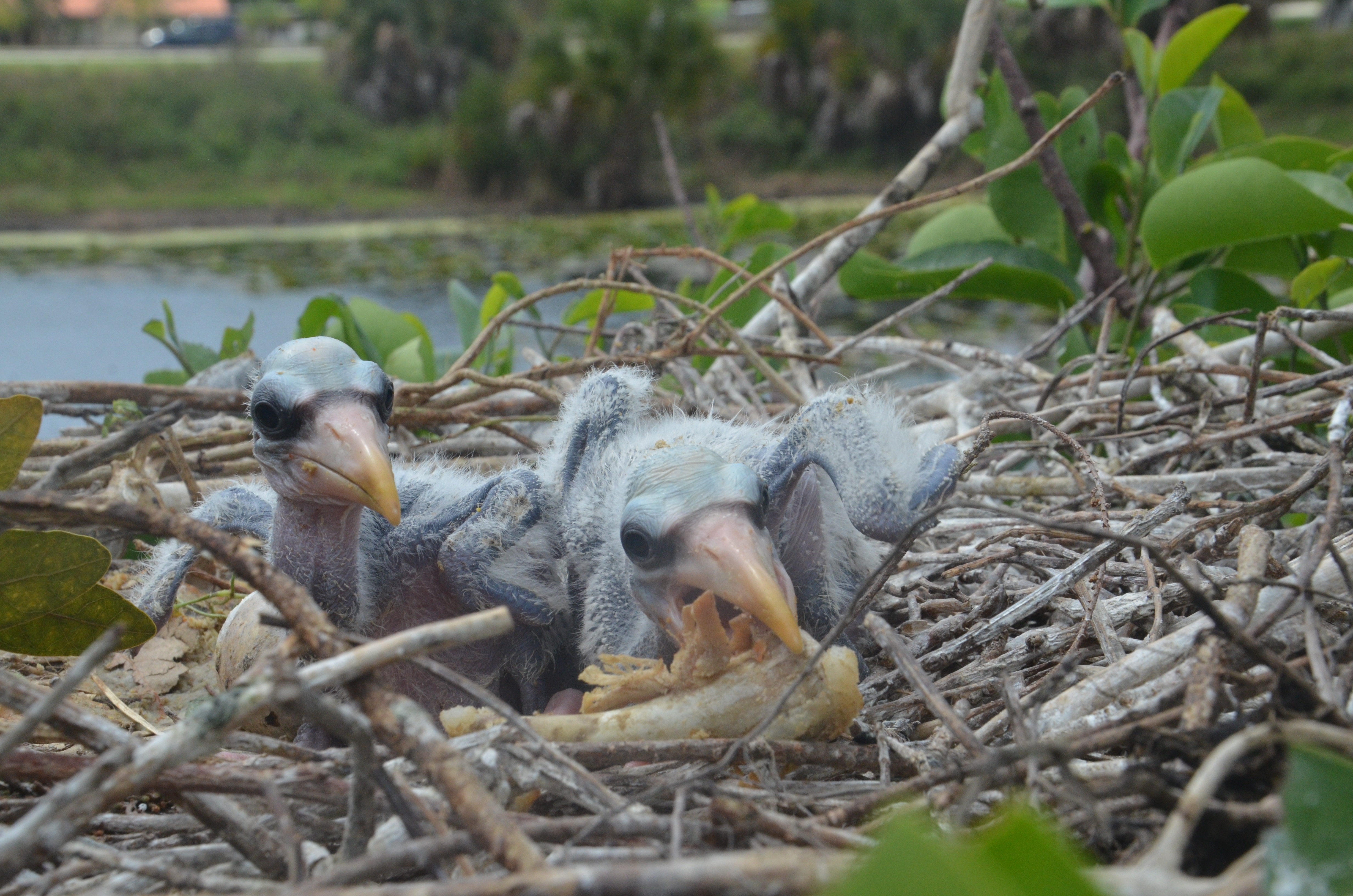A unique long-term study quantified the abundance of whitespotted eagle and giant manta rays in Southeast Florida. Researchers conducted 120 survey flights between 2014 and 2021 from Miami north to the Jupiter Inlet. One or both species were seen on nearly every flight and both populations appear to be stable in the region. The giant manta rays were more abundant in the south and the whitespotted eagle rays were found all along the coast. Neither species seems to be deterred by the greater human population density in Fort Lauderdale/ Miami.
Tag: Threatened Species
Fire, disease threatening sanctuary plants for Australian wildlife
New research has revealed that Australia’s iconic grass trees – aka yaccas – play a critical role in protecting wildlife from deadly weather extremes, thereby ensuring their survival. But the grasses themselves are under threat due to back burning, clearing and disease.
Protected Sex: Study Records Grouper Mating Calls in Marine Managed Areas
Groupers produce distinct sounds associated with courtship, territoriality or reproduction. An autonomous mobile wave glider and passive acoustics were deployed to survey two marine protected areas on the western shelf of Puerto-Rico to locate spawning aggregations of two commercially important species – the Nassau and red hind groupers. Findings show these sites are critical habitat for both species and multiple previously unknown grouper species, which highlight the importance of expanding existing seasonal regulations.
Identifying the bee’s knees of bumble bee diets
A new study has identified the bee’s knees of bumble bee dietary options in Ohio and the Upper Midwest. Researchers found these bees don’t settle for the most abundant flowers in their foraging area – suggesting they have more discerning dietary preferences than one might expect.
Investment in conservation efforts needs to be stepped up
An international consortium of scientists has conducted a global review of area-based conservation efforts, including both protected areas and other effective area-based conservation measures.

Hots Dogs, Chicken Wings and City Living Helped Wetland Wood Storks Thrive
Using the Wood Stork, researchers compared city storks with natural wetland storks to gauge their success in urban environments based on their diet and food opportunities. Results provide evidence of how a wetland species persists and even thrives in an urban environment by switching to human foods like chicken wings and hots dogs when natural marshes are in bad shape. These findings indicate that urban areas can buffer a species from the unpredictability of natural food sources.